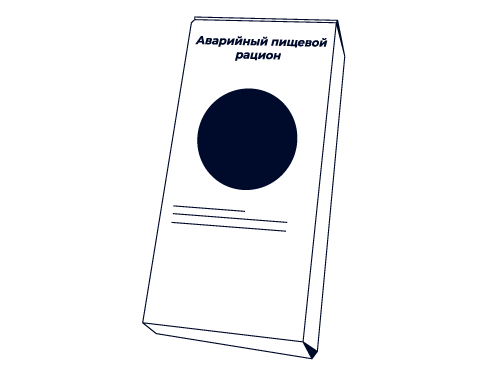ENG
ASH-83 - vertical pin antenna
ASH-83 - vertical pin antenna
A vertical pin antenna, also known as a vertical antenna or vertical emitter, is one of the most common types of antennas used in HF/SSB (High Frequency/Single Sideband) radio communication systems. It is designed to convert high-frequency modulated currents into electromagnetic waves and vice versa, playing an important role in the transmission and reception of radio signals.The vertical pin antenna has a rectangular or cylindrical shape and consists of a vertical metal rod or wire (pin), which serves as the main emitter. The pin length is usually half or a quarter of the wavelength of the radio signal used. The antenna may also contain additional elements, such as a grounding plane or a counterpulsing system, to improve its efficiency.
In HF/SSB systems with an automatic antenna tuner, the vertical pin antenna is usually used in combination with an automatic antenna tuner (AAT), which allows you to configure the antenna to optimally match the output impedance of the radio station. AAT consists of electrical circuits and components that automatically adapt the antenna to changing radio waves, ensuring maximum transmission and reception of signals.
The use of a vertical pin antenna and AAT makes it possible to achieve efficient and stable communication at certain wavelengths and facilitates radio exchange between HF radio stations. This combination of antenna and matching device ensures optimal use of available energy and helps overcome obstacles such as interference and distance to ensure reliable radio communication.
| Insulation resistance | 100Mohm |
| Operating frequency range | 2-18 MHz |
| Power | 700W |
| Static capacity | 100 pF |
| Maximum RF voltage | 18 kV |
| Operating temperature range | -55 to +55 °C |
| Wind load at 160 km/h | 327N |
| Number of sections | 3 |
| Antenna length | 8.15 m |
| Antenna Weight | 4.5 kg |
Available for order
ASH-83 - vertical pin antenna
to order
Call our sales manager
 Equipment standards for riverboats. Navigation equipment.
For vessels of classes M, O, R, L, M-SP, M-PR and O-PR
Equipment standards for riverboats. Navigation equipment.
For vessels of classes M, O, R, L, M-SP, M-PR and O-PR

 +7 (812) 4-673-673
+7 (812) 4-673-673
